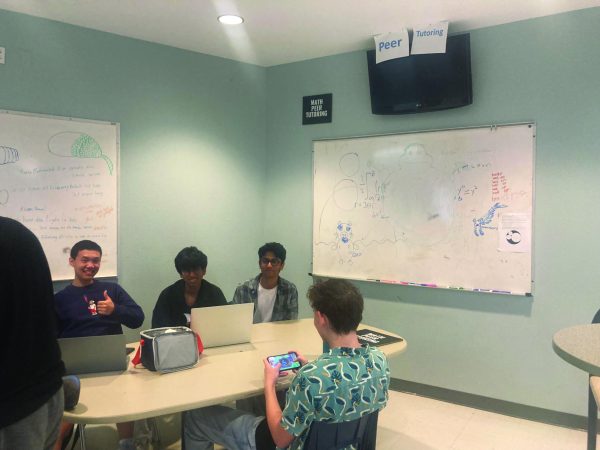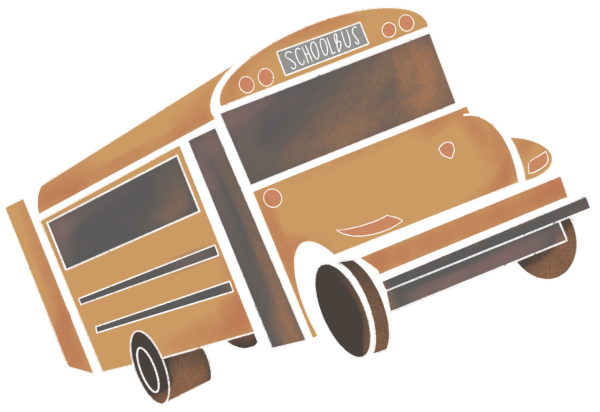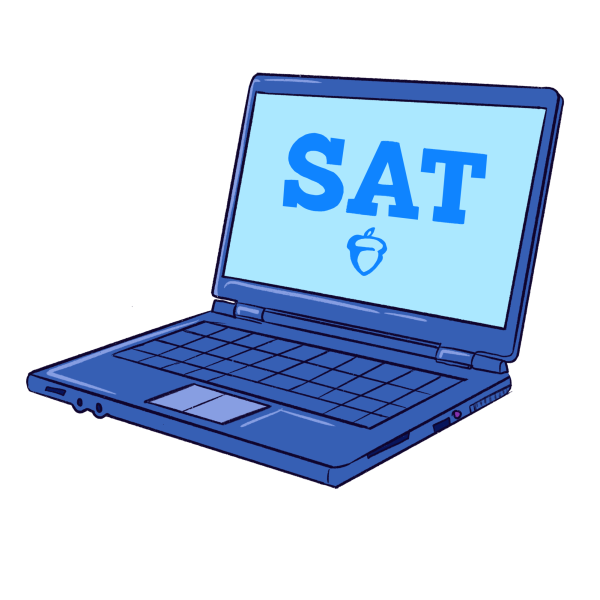Proactive Not Reactive Safety
October 11, 2019
In the first seven months of 2019, 22 school shootings occurred. As incidents of violence similar to these shootings flood the news, school safety has come under unique scrutiny. LASA and LBJ’s respective administrations have been working with the AISD Police to ensure the campus is a safe place for all students and staff.
One safety procedure being implemented this year is the screening of precautionary educational safety videos during LASA’ s new homeroom periods. During this time, students watch videos detailing how to react during dangerous situations that could take place at school, such as a fire, shooting or natural disaster. According to LASA principal Stacia Crescenzi, this program was supposed to be implemented in the 2018-2019 school year, but was delayed due to .
“Last year it got done halfway through the year and everybody said that’s silly—it should be one of the first things kids see, because there’s no reason something couldn’t happen at the beginning of the year,” Crescenzi said. “It makes sense that the same way you give them basic information about everything else at the start of school, you give them basic information with these potential situations.”
Safety regulation on student whereabouts must be actively enforced and monitored, especially considering the expansive nature of LASA/LBJ’s campus. At any point during the school day, students can be found on the top floor of the building, in the fine arts hallways or within the school’s two sets of outdoor portables. Ray Ephraim, LASA’s head of security, handles the majority of the school’s security concerns.
“It starts in the morning with directing traffic out front, making sure everybody gets across the street and so forth,” Ephriam said. “In the mornings, there are not supposed to be any students in the hallways until 7:30, because no staff is on campus until then… so I make sure [students] go to the library or the cafeteria and stay there… I check and make sure all the cars have parking permits on them. Not only that, but to make sure they are inspected and licensed”
Currently, one of the campus’ largest security threats is that unauthorized and unidentified people could gain access to the campus. Administrators are aiming to combat this issue by requiring students to wear student ID badges. These badges have a photo of the student, their unique student ID number, their year of graduation, a barcode and the purple LASA logo.
“We’ve had students in the cafeteria who came to visit their girlfriends or boyfriends, and they were not even students here, and had been here sometimes for weeks until we finally realized who they were and who they were not,” Ephraim said. “Making sure that we are ID-ing people who are not supposed to be on the campus, and more of that, is important. That’s why both principals, LASA and LBJ, are making sure we push the ID. It’s a hassle, but it helps us in the long run.”
According to Crescenzi, IDs are not unique to schools. They are a practicality commonly found in other places of work.
“It’s just a basic safety thing,” Crescenzi said. “I would love to believe that any one of my staff or any one of the LBJ staff could recognize every student and realize who’s supposed to be there and who’s not, but the reality is we’re sitting around 2100 students. That’s just an impractical suggestion. So, in order to keep students safe, we have to have a quick and easy way to recognize that you’re allowed to be on campus… That’s really the basis of it.”
A fairly recent addition to LASA’s security is James Ockleberry, who sits at the campus’s back entrance. Ockleberry provides students with access to and from the portables, verifies that each student is allowed to be on campus, watches for strange activity and helps to enforce student IDs. Because of the nature of his position, Ockleberry notices the amount of students who actually wear their badges during school hours.
“With the LASA kids, a lot of the kids do have badges,” Ockleberry said. “I don’t really ask for it, but if they don’t have it I ask them for their student number, because we may have someone from a different campus…and if they don’t know that, then I don’t let them in.”
Crescenzi said that not many students have shown opposition to the student ID requirement. She also said that badges are something that students may end up using in the workforce.
“There hasn’t been a kid who I’ve asked to put their badge on that hasn’t said ‘okay’ and then put it on,” Crescenzi said. “No one wants to do it, it’s nobody’s idea of a fun accessory, but that said, I haven’t had anybody not get why we need to do it…. [IDs are] kind of just the norm for most companies now regardless of what job that is. I think students get that too. It’s not even about them or being a teenager, it’s just sort of a basic safety precaution anywhere right now. I don’t plan to be a jerk about it, but until we get people in the mindset, we’re gonna be reminding them.”
In addition to student IDs and assemblies, LASA and LBJ has already had a number of fire, lockdown and lockout drills. According to Ephraim, there will be more to come.
“We will have more drills this year because of all the things that have been happening around with mass shootings,” Ephraim said. “My thought is that people are always tensed up until [a violent event] happens to them, and when it happens, that’s when we let our guard down. I’m always trying to stay on watch, look for things out of the ordinary.”
Within the Austin Independent School District (AISD), four different types of drills are conducted: evacuation, reverse evacuation, shelter-in-place and lockdown. Texas state laws mandate that campus evacuation drills are conducted at least once per month when students are in class for 10 or more days. Specific AISD policy states that campus reverse evacuation drills, shelter-in-place drills and lockdown drills must be conducted at least once per academic semester.
A few months after the mass school shootings in Santa Fe, Texas in May 2018, which killed 10 people and injured 13 others, the Senate Select Committee on Violence in Schools and School Security was formed as a part of the Texas Senate. The committee aims to improve school safety by studying innovative methods for improving security such as armed school personnel and “Red Flag” gun laws. Texas lawmakers have made an effort to adjust school safety procedures in response to recent school shootings. However, Crescenzi is not convinced that there has actually been an increase in school shootings and school violence recently. She said students may just be more aware of modern day incidents.
“I think that if you go back generationally, you didn’t know everything that was happening,” Crescenzi said. “[Gun violence] still may have been happening, but now everything large, small, no matter where it is in the world makes your feed. I do think students feel like they live in an environment that is more violent. I don’t know that they actually do. I think there is a sense of that, and I think it’s because they have a more honest awareness of everything that’s going on in their local community but also around the world.”
Other, more extreme options been suggested to increase school safety, such as metal detectors or clear backpacks. According to Ockleberry, they have proved useful at other schools he’s worked at.
“I worked at an alternative school and we actually searched our kids before they came in and it was very effective,” Ockleberry said. “A metal detector would be great because the visual eye really can’t catch the weapons that may come in that could cause damage along the line. I think a metal detector would be able to detect that.”
While metal detectors and searches may be effective, they can have unintended consequences for the students. According to Crescenzi, precautions of this type would negatively affect the environment of the school.
“I’m anti-metal detectors,” Crescenzi said. “I don’t think you need to make it feel like a prison. I love it when students feel like school is their second home. Most kids spend more waking hours here than they do at their own homes. I don’t need the place to feel more unfriendly… I want a culture that is welcoming and makes students feel like ‘I enjoy being here’. If you walk in everyday feeling like someone is suspicious of you you’re not gonna want to be here after a while. There’s got to be another way.”
Despite a variety of available safety precautions, Crescenzi believes the most important safety measure is awareness of the people around you. She encouraged students, families, and staff to know their surroundings and look for atypical signals.
“If someone feels out of sorts… even if that person just seems like they’re having an awful day, tell somebody,” Crescenzi said. “I think that the best thing we can do is realize we are this larger community that takes care of each other. If I notice you’re out of sorts, acting in a manner that’s atypical for you, I’m gonna tell somebody. I think that’s the number one thing we need to be doing. Be observant, take care of each other.”










